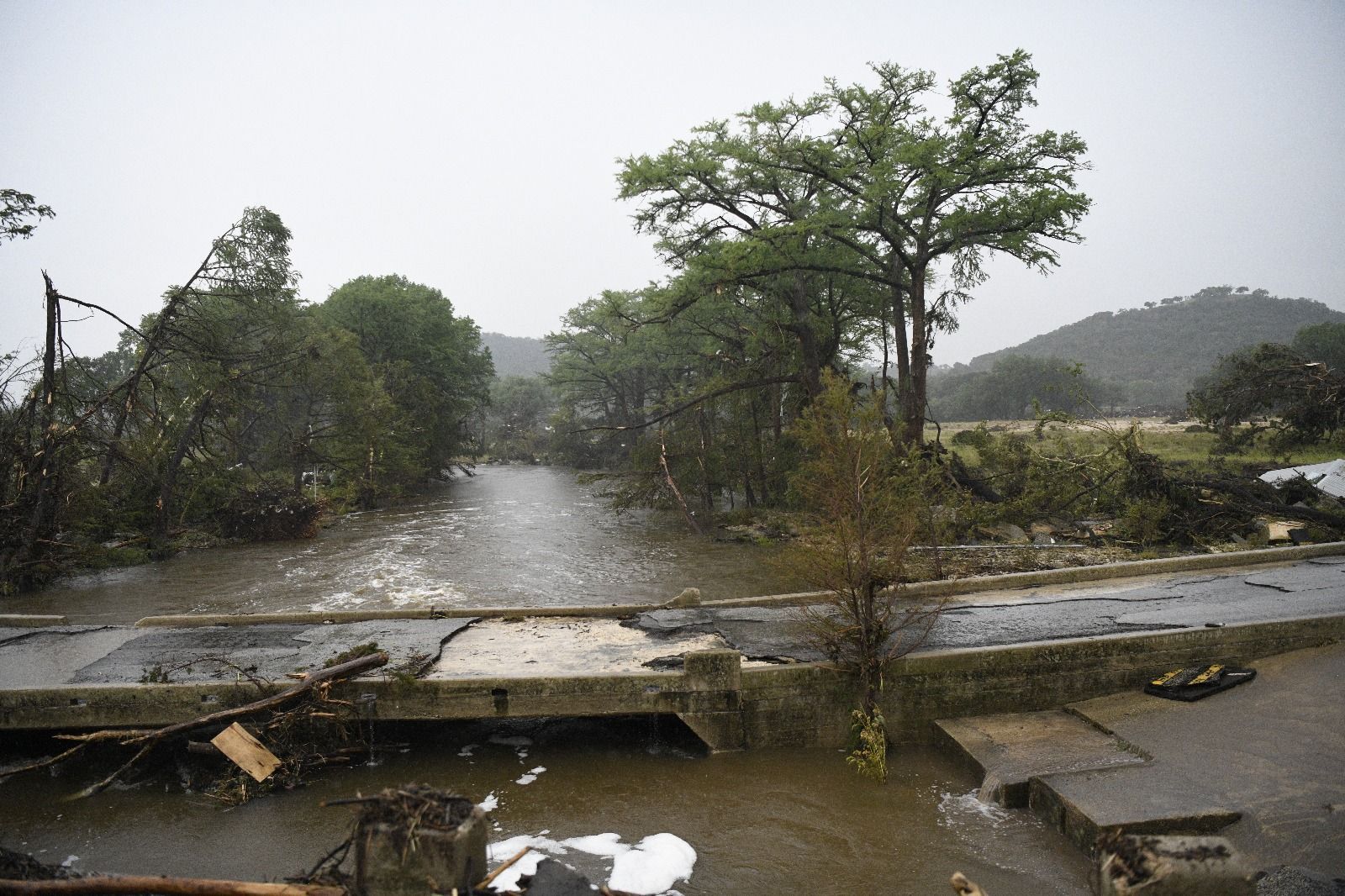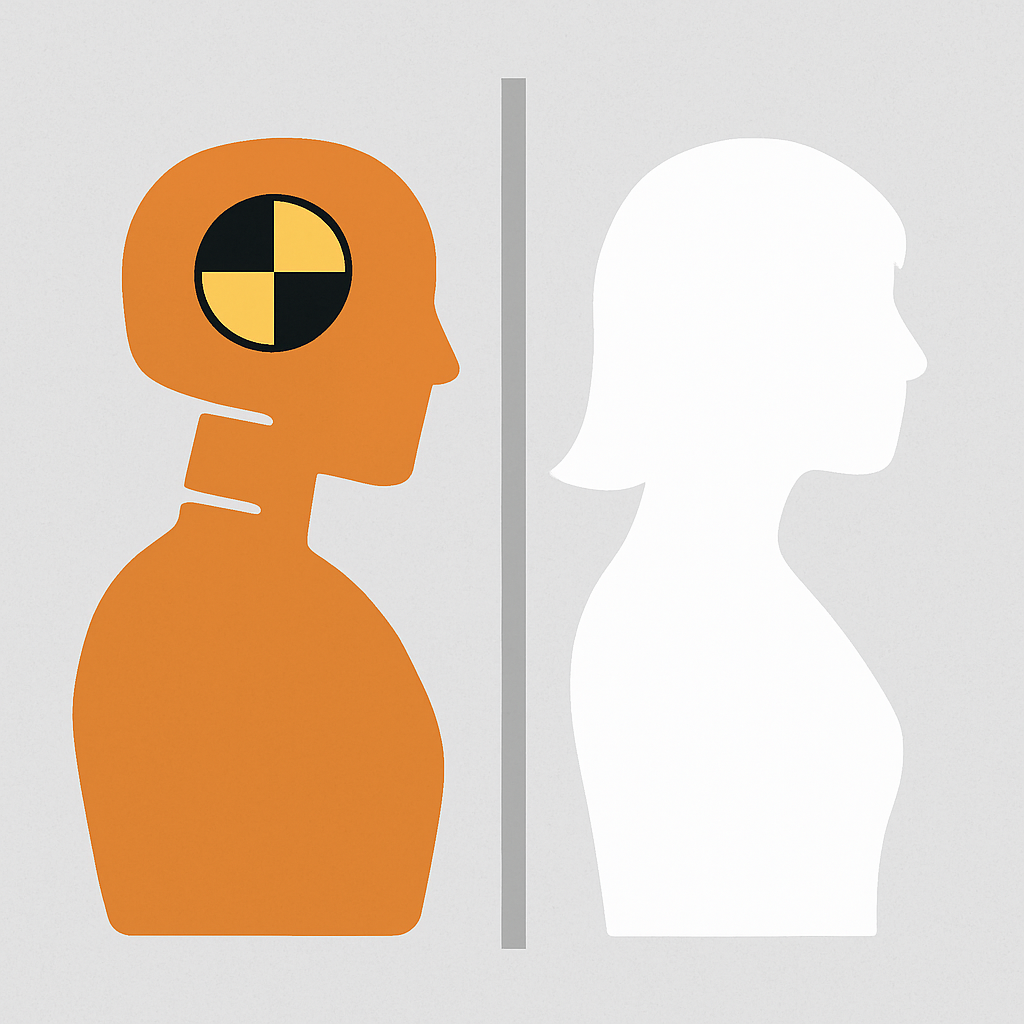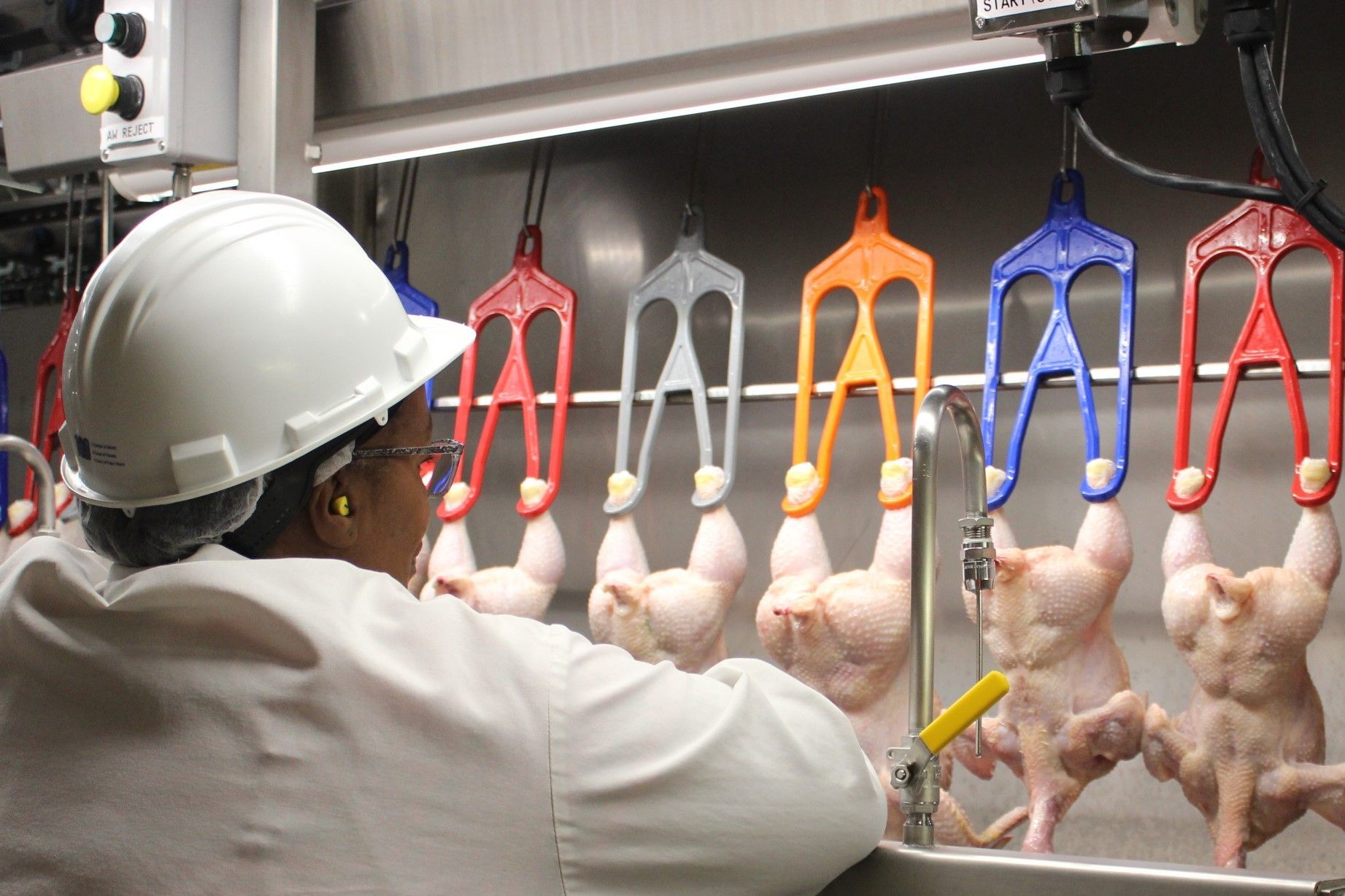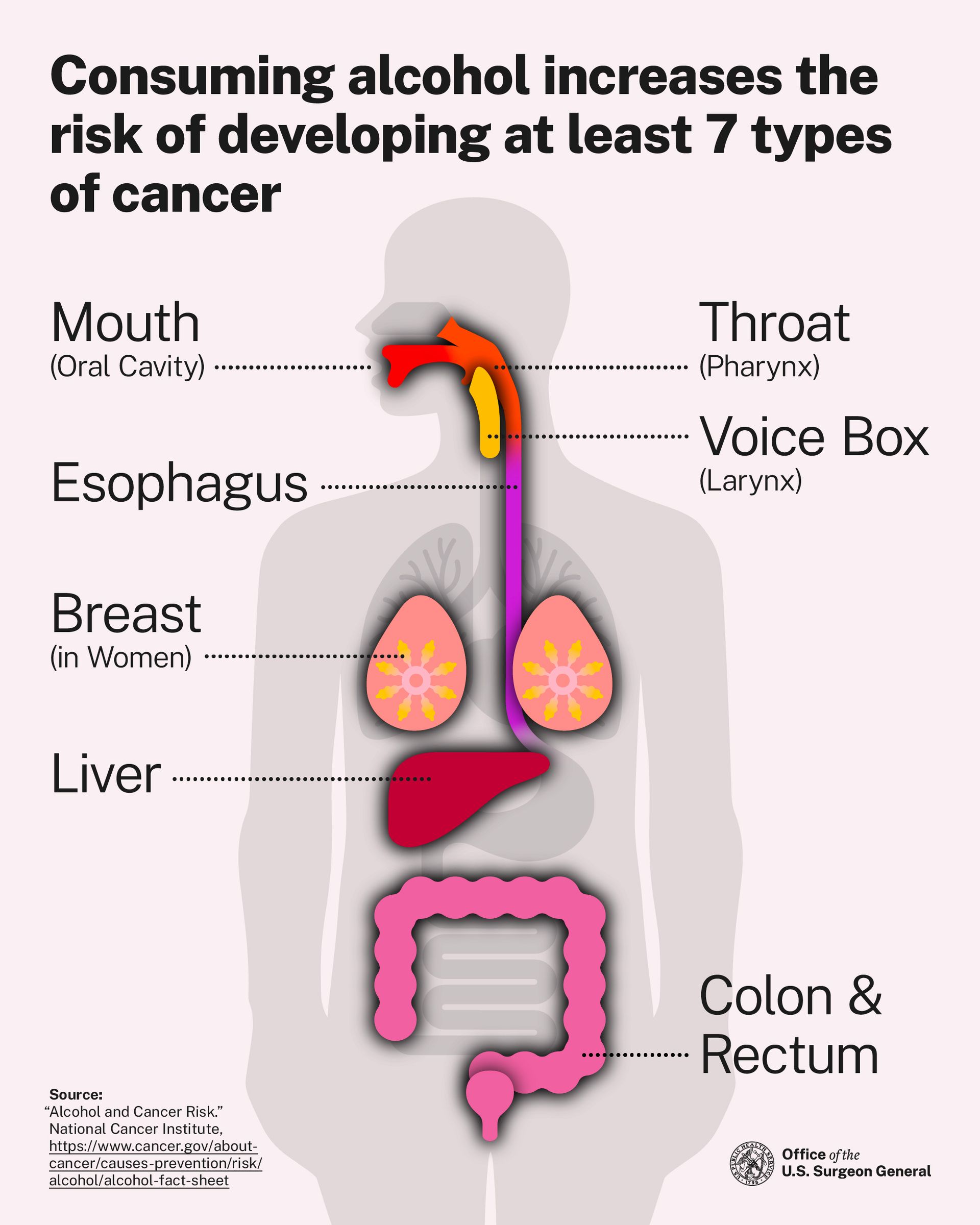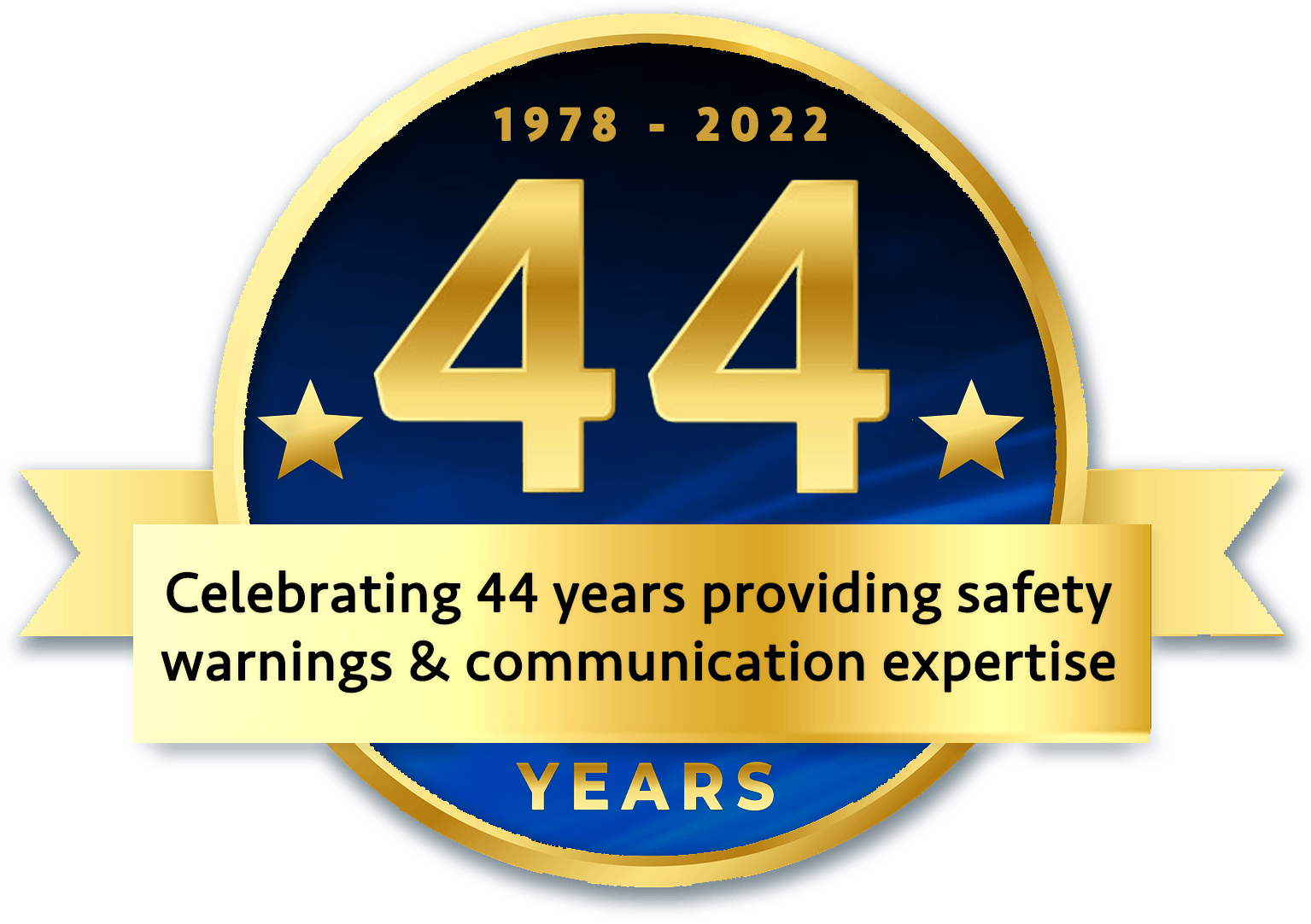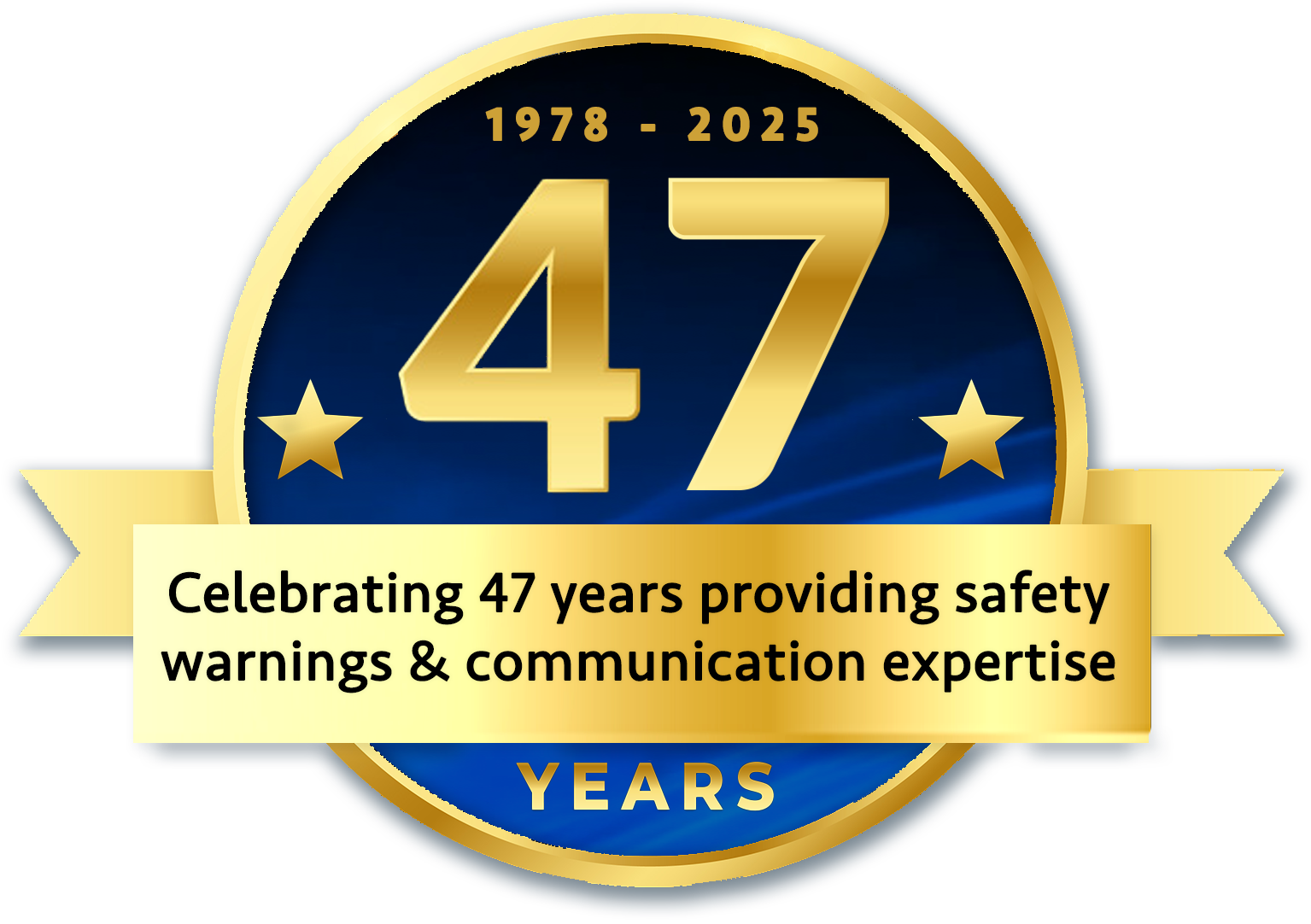WARNING: AMUSEMENT PARKS MAY NOT BE THAT AMUSING
A man was riding on a roller coaster in an amusement park that is part of a national chain when his cell phone fell out of his pocket and landed in a restricted area of the park. Despite warning signs near the roller coaster that said if you drop your phone, please see the attendant immediately and do not attempt to retrieve it yourself, and despite several warning signs on the fence (topped with barbed wire) that blocked off the restricted area from the public and said: “Danger, Restricted Area. Do Not Enter This Area. You Could be Seriously Injured or Killed,” this man climbed the fence, cut the barbed wire, jumped over the fence and began to look for his cell phone. Just as he found his cell phone (located under the coaster’s track) and picked it up off the ground and stood up to go back to the fence, the coaster arrived.....I’ll let you fill in the rest in case young children are reading this! You don’t have to be a warnings expert to figure out whose fault this accident was and if a better set of warnings would have prevented this accident. I guess cell phones really are addictive!
A couple of years before this incident, an obese man weighing over 300 pounds ignored several warning signs stating clearly that the ride (another roller coaster) was not intended for anyone over 200 pounds. As he approached the coaster, the attendant noticed his size and simply asked him, “Did you read the signs?” The man answered “Yes,” and the attendant let him on the ride. As you might imagine, the rider had a lot of difficulty putting on his safety belt, which promptly unsnapped just as the coaster was going down the steepest hill on the ride, sending our rider flying. Again, I don’t have to describe the details of his demise. Unlike our stubborn fence climber, this victim, who ignored several warning signs, could have and should have been stopped from riding the coaster by the attendant. Most attendants at amusement park rides, especially in the summer, are teens working in a part-time capacity, typically with limited training and perceived authority. Nevertheless, it is their responsibility to assert their authority as “the guardian of the gate” and refuse entry to anyone who does not physically meet height, weight and age requirements for a ride. When the attendant was interviewed after the incident and asked why he didn’t stop the obese customer from going on the coaster, he replied, “I knew he shouldn’t go on the ride because of his weight, but I didn’t want to embarrass him and cause a scene in front of other patrons, so I just asked him if he saw the signs.” Yes, the customer was wrong to try and go on the coaster, ignoring several weight restriction signs, not to mention his own common sense when he experienced extreme difficulty putting on his safety belt, but this kind of response should have been foreseeable to the park’s managers and ride attendants alike. When a hazard is foreseeable, as this one surely was, it is the responsibility of the park not only to post conspicuous warnings about the hazard, but also to enforce the signs’ safety instructions. Given the choice, the attendant should have chosen embarrassing the customer over placing him at risk of death!
Unlike the above two incidents where the patrons intentionally ignored the warnings, in the following incident, the patron couldn’t understand the warnings that were posted in English because he only spoke Spanish. On the surface, one might assume that the park wasn’t at fault because they might claim if they posted it in Spanish, maybe the next person spoke Chinese or Portuguese or French, etc. However, under closer inspection of the facts, you might understand why posting the warnings in Spanish is not just a good idea, it may be a life-saving idea that should be required, especially at national attractions. 41 million Americans speak Spanish and only 57% of them understand English; Spanish is second only to English as the language spoken the most in the U.S.; and Spanish is the fastest growing language in the U.S. Many corporations and government agencies regularly translate their warnings into Spanish (e.g., Airline warnings on TV monitors, airport warning signs, a host of consumer products, etc.). These facts should have convinced an amusement park to translate their warnings into Spanish, especially if their demographics show that a large number of their customers are Hispanic.
The above incidents aren’t alone. According to the Consumer Product Safety Commission, approximately 30,000 amusement park injuries result in a visit to an emergency room. This estimate includes both permanent and mobile parks. An industry trade group (The International Association of Amusement Parks) places the annual number of injuries at about 1500, but that only includes data from permanent parks that don’t move around the country. The truth is that nobody really knows because there are NO Federal Regulations for amusement parks. It’s mostly up to the states, many of which only require annual inspections and many of those states leave it up to the park itself to self-inspect and report voluntarily if anyone gets injured. Until this industry is subjected to a set of national standards/codes and regulated at the Federal Level so that all parks are required to meet a common set of standards and rules, including those that apply to safety warnings and instructions, it is up to each of us to manage our own safety and that of our loved ones.



